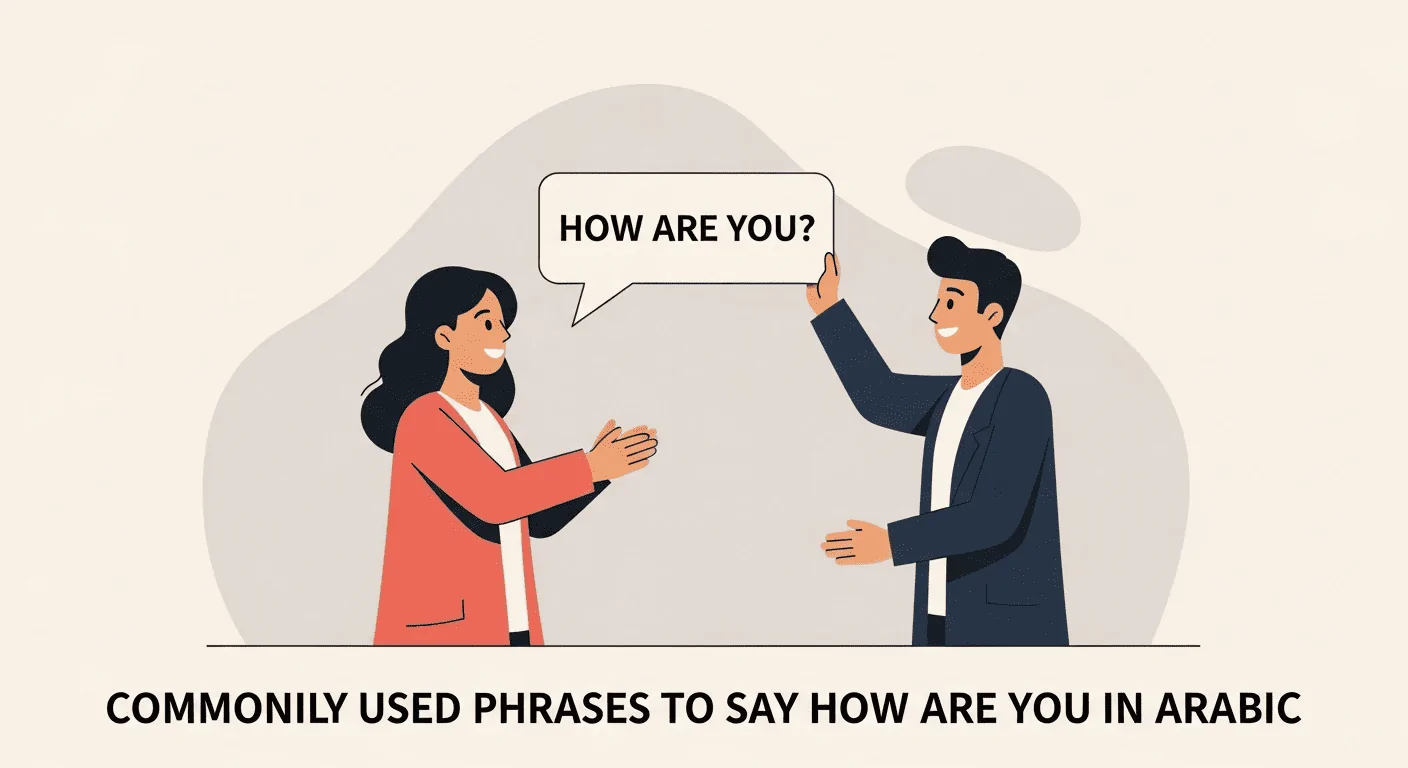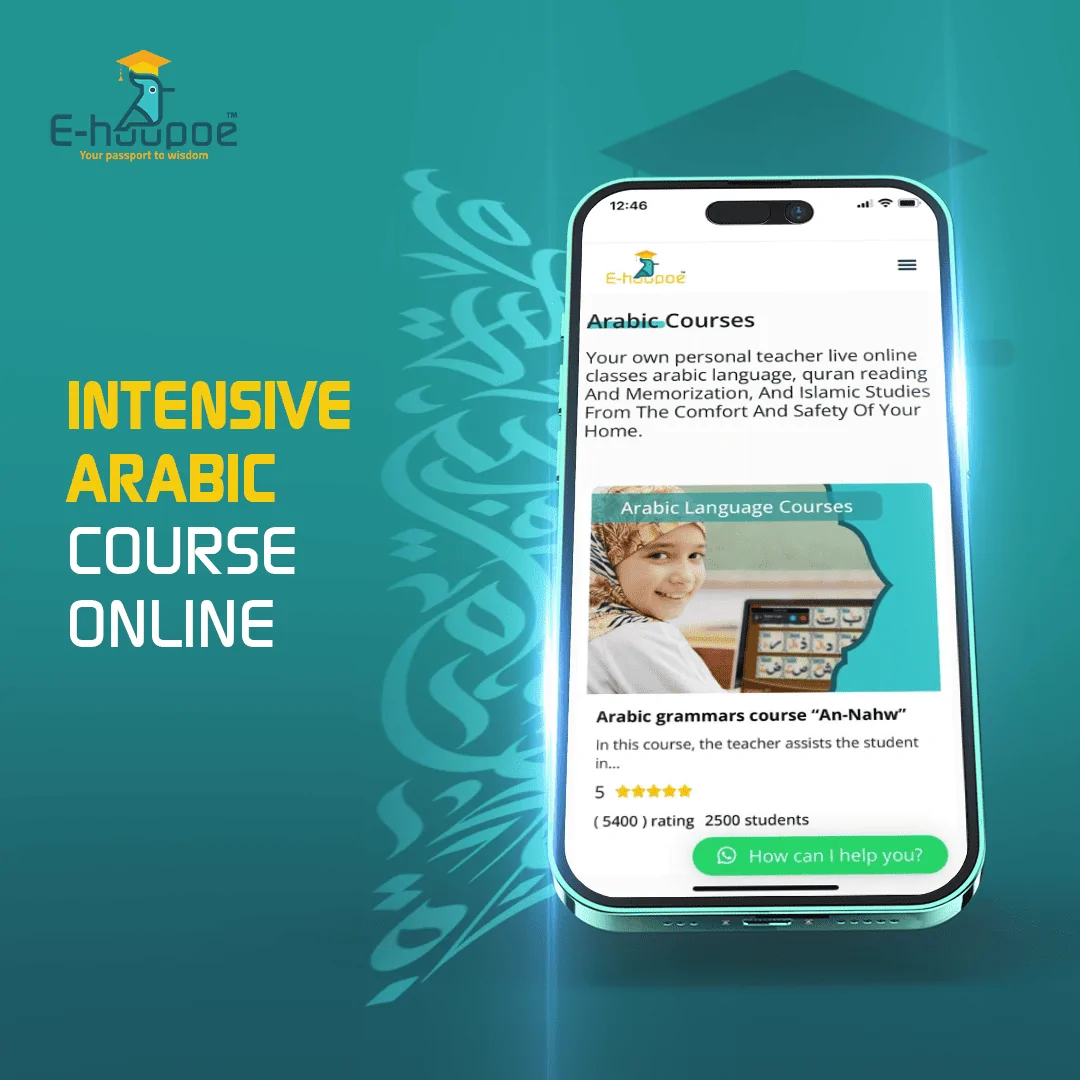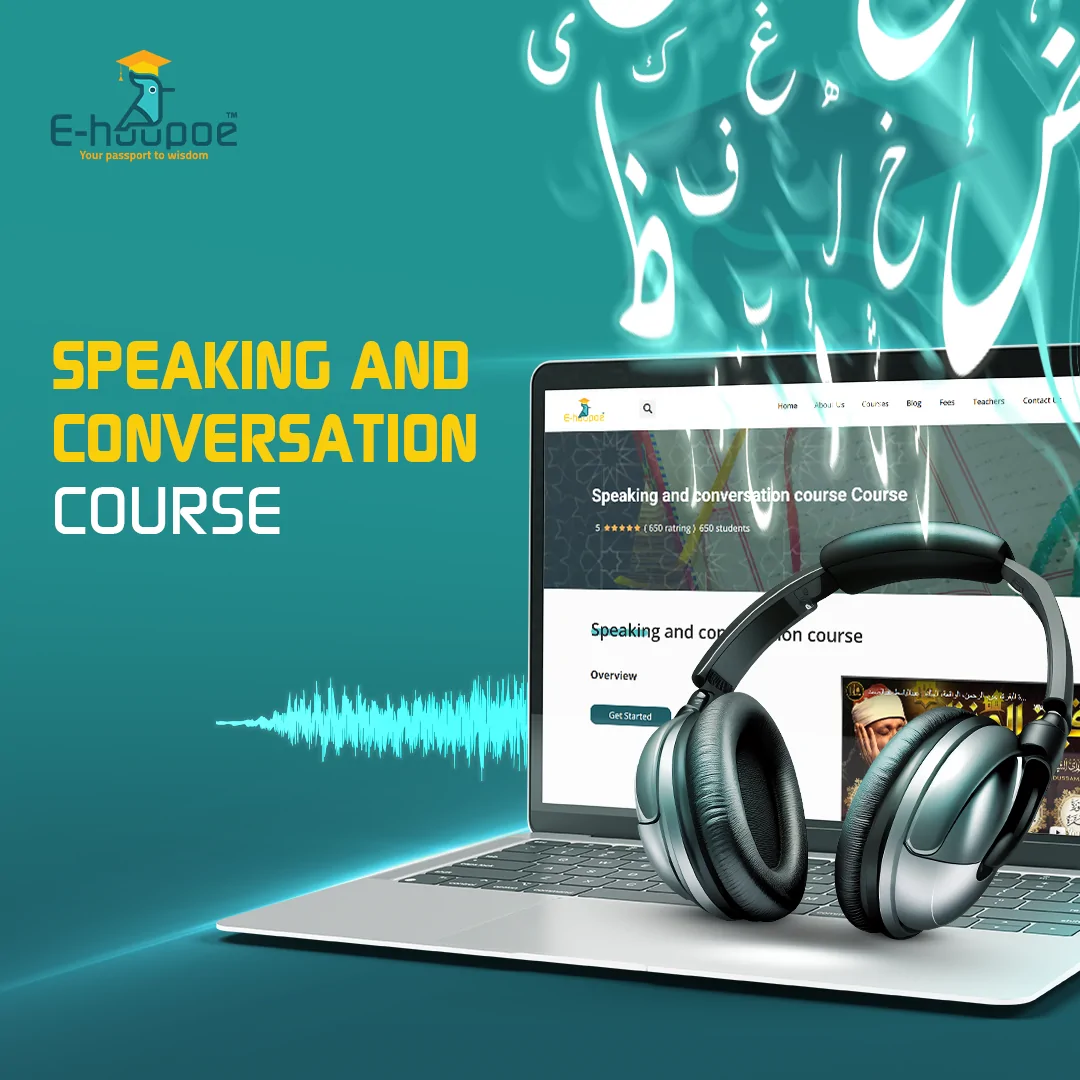Learning Arabic can be a rewarding and enriching experience, helping you connect with a rich culture and opens up many chances for personal and professional growth. However, many learners often wonder how to learn to read Arabic fluently while also developing their speaking and listening skills.
In this blog, we will explore ten effective strategies that can help you master the Arabic language confidently. From immersive reading practices to engaging conversation techniques, these methods are designed to enhance your fluency and deepen your understanding of this rich language.
1. Master the Arabic Alphabet
The foundation of Arabic reading starts with mastering the alphabet. The Arabic script, known as “Abjadeyah” features 28 letters, many of which have different shapes depending on their position in a word. Unlike English, Arabic letters are written in a cursive style, connecting to each other, which can be tricky at first.
A key challenge is recognizing the similarity between certain letters. Pay special attention to these subtle differences; dots above or below the letter often distinguish them.
| Arabic Letter | Transliteration | Dots Above/Below |
| ب | b | 1 dot below |
| ت | t | 2 dots above |
| ث | th | 3 dots above |
| ج | j | One dot inside |
| ح | h | No dots |
| خ | kh | 1 dot above |
By familiarizing yourself with the alphabet and its sounds, you’ll lay a solid foundation for fluent reading.
2. Study the Roots and Patterns of Words
Arabic is a root-based language, meaning many words are derived from a three-letter root. These roots carry the core meaning of words, and variations in prefixes, suffixes, and vowel changes form different meanings.
| Root | Meaning | Example 1 | Example 2 | Example 3 |
| ف-ع-ل | To do | فَعَل (did) | يَفْعَل (he does) | مَفْعول (done) |
| ك-ت-ب | To write | كَتَب (he wrote) | يَكْتُب (he writes) | مَكْتَب (office) |
| ج-ل-س | To sit | جَلَس (he sat) | يَجْلِس (he sits) | مَجْلِس (sitting place) |
By learning the root system, decoding unfamiliar words would no longer pose a problem. This will help you to improve reading skills since you will now be able to recognize patterns, and understand how words are related. The more you practise this, the more speedily you will begin making these connections and can predict meanings.
3.Use Context Clues to Understand New Words
When learning Arabic, you’ll often find words you don’t know. Instead of quickly looking them up in a dictionary, try to figure out their meaning using the context. Pay attention to the words around them, how the sentence is built, and the main idea of the text. This can help you make a good guess about what the new word means.
4. Read Multiple Times
Reading the same text multiple times is a proven strategy for improving fluency. On the first pass, focus on understanding the general meaning.On the second time, focus on learning new words, and on the third, look closely at how sentences are built.
Doing this more than once helps you remember better and makes sure you catch important points. Breaking the text into smaller parts or reading it piece by piece can also make it easier to handle and help you remember new words better.
5. Mark the Text and Take Notes
As you read, underline or highlight key words or phrases. Jot down notes in the margins to help yourself remember important thoughts and observations. This active approach to reading will increase your comprehension and memory of the material and also permit you to study the words in context and learn more about how they’re used.
6. Take Advantage of Tutors and Online Courses
To get better at reading Arabic quickly, try working with a tutor or signing up for online courses. A tutor can give you one-on-one help, focusing on the areas you find difficult, like pronunciation or grammar. They can also give you quick feedback on how you’re doing and create lessons that match your current level.
How to learn to read Arabic fluently online?
Online Arabic courses are also a great way to learn at your own place. E-hoopoe offers an intensive online Arabic course that would help you in mastering the language within a very short period with customized lessons and strategically targeted learning methodologies. With tutor support and online resources, this course ensures that you receive a well-rounded learning experience to become a confident and fluent Arabic reader.
7. Summarize the Text
After reading a passage, summarize the main points. This can be done either by writing a few sentences or saying them aloud. Summarizing helps you understand and remember what you’ve learned. It also lets you explain what you’ve learned in your own words, which improves your language skills and memory.
8. Practice Reading Aloud
Reading Arabic aloud is a great way to enhance both your pronunciation and reading fluency. When you vocalize the words, you engage your mouth muscles, helping to solidify the connection between spoken and written Arabic. This makes your pronunciation better and helps you recognize words faster.
Try reading short stories or articles aloud. This will not only boost your fluency but also help you internalize the correct pronunciation of letters and words, which is vital for smooth reading.
9. Read Short Arabic Stories to Build Fluency
Engage with simple, short Arabic stories to build fluency over time. These stories usually have simple words and sentences, so you can practice without feeling too stressed. As you get better, you can start reading harder texts.
Reading stories helps you learn new words in context and shows you how grammar works in real-life situations.
10. Create a Reading Habit
Consistency is key when it comes to improving your Arabic reading skills. Set aside time each day to read at least 2 pages of Arabic text. This daily practice reinforces your skills and helps you gradually build fluency.
As you get better, try challenging yourself by reading more complex text. The more exposure you get to written Arabic, the faster you’ll develop your reading abilities.
Why Learning Arabic is Valuable?
Benefits of learning the arabic language include:
- Understanding Cultures: Learning Arabic helps you appreciate the traditions, books, and art of Arab cultures, which helps you connect better with people from different backgrounds.
- Better Job Opportunities: Knowing Arabic is a valuable skill in jobs like international business, journalism, diplomacy, and translation, making you stand out when looking for work.
- Stronger Business Connections: If you know Arabic, it’s easier to build good relationships with companies in Arabic-speaking countries, which is important for successful deals and teamwork.
- Easier Travel: Arabic is spoken in more than 20 countries, so learning it helps travelers communicate better and connect with local people and cultures.
- Reading Original Works: Studying Arabic lets you read important books and writings about philosophy, religion, history, and literature, which can deepen your knowledge.
- Fostering Global Perspective: Learning Arabic helps you understand global issues better and see the world from different perspectives.
Discover How to Learn to Read Arabic Fluently Online with E-hoopoe
E-hoopoe provides a well-rounded approach to how to learn to read Arabic fluently, combining reading mastery with an engaging Arabic conversation course to create a complete language-learning experience. The platform is set to help the learner grasp Arabic’s essential elements for pronunciation and comprehension. Further to reading development, the conversation course will give opportunities for learners to practice speaking confidently with improved effective communication in real situations. E-hoopoe also encourages immersion in Arabic literature and blogs to expand vocabulary and deepen cultural understanding. With this integrated method, learners can achieve fluency in both reading and conversation, opening doors to meaningful connections and cultural exploration.
Explore Arabic conversation like never before. Book your free trial now!










